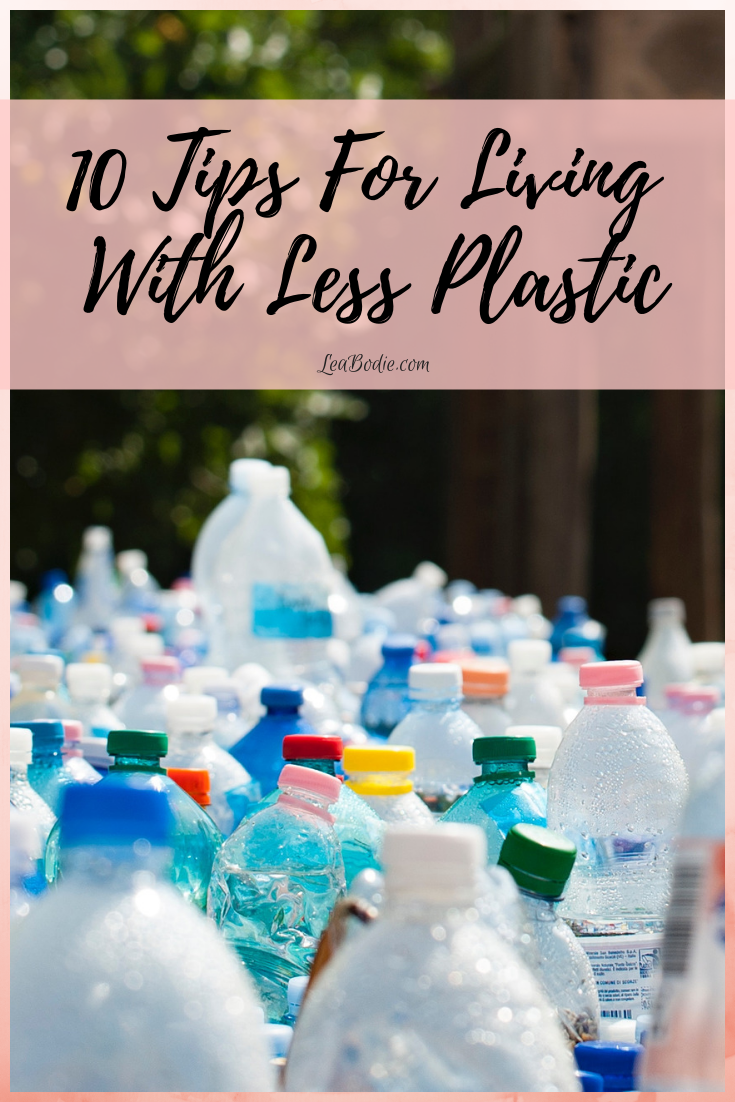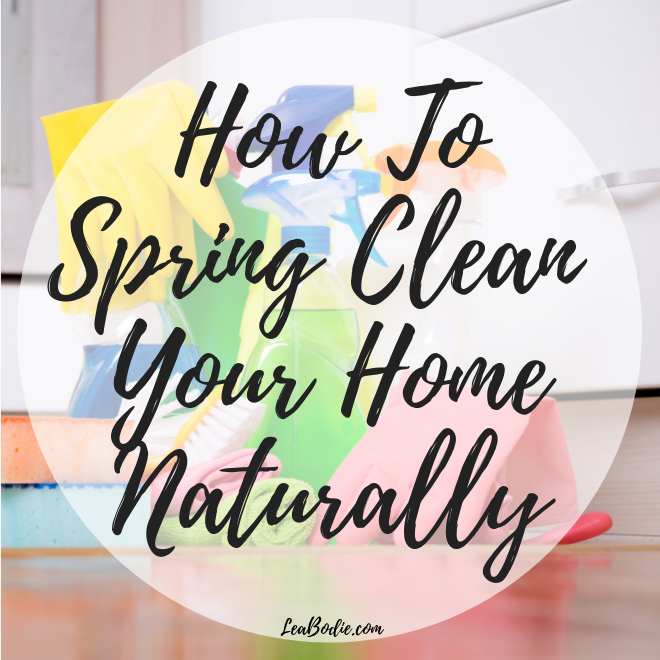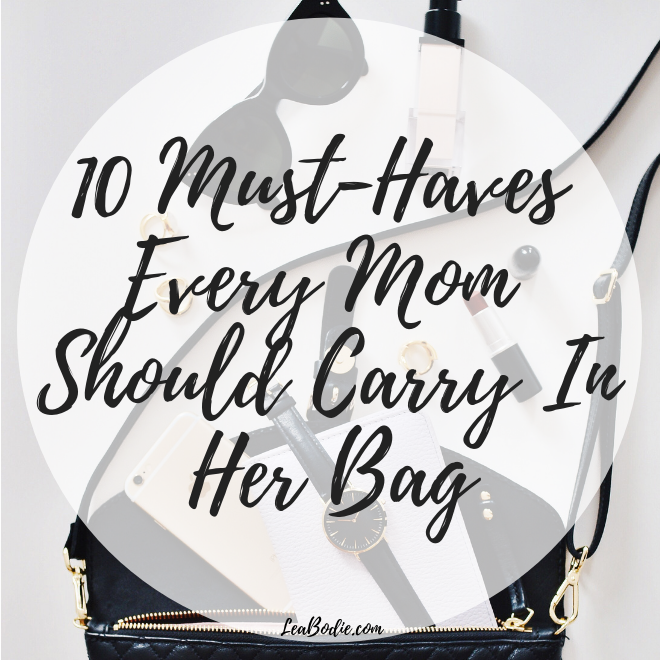10 Tips for Living With Less Plastic
Plastic waste has a huge impact on the environment. Most plastic is not biodegradable, and can sit in a landfill for decades! In the world, there is over 300 million tons of plastic produced each year, most of which will end up in landfills where they can’t be recycled, or in the oceans. About 50% of the plastic used is only used once before being thrown away! Living with less plastic isn’t difficult, and can help save the environment! Here are 10 tips for living with less plastic.

Avoid bulky and unnecessary packaging
If you have ever bought anything from Costco or Sam’s Club, then you know the frustration of having a ton of extra packaging! There is the bulk packaging, the wrappers wrapping up the individual items, and then a number of boxes inside the bulk packaging! When making purchases, look for items that don’t have bulky or unnecessary packaging when possible.
Keep reusable options handy
Reusable options are key to reducing plastic waste! While plastic water bottles and grocery bags may be convenient, there are reusable options that can be just as easy if you keep them handy! Here are some examples of reusable options:
- Instead of plastic grocery bags, bring your own reusable ones when you go shopping.
- Instead of plastic water bottles, invest in a good reusable water bottle you can refill.
- Instead of using plastic containers to store your items, use glass.
Ask for no plastic or reduced plastic when ordering
When you order takeout or order something online, you are bombarded with a ton of plastic waste! Most of these items never get used and end up just being thrown away! When you order food to-go or in a restaurant, ask for no plastic utensils or straws. Instead, use what you have at home! When you order a package from an online site, ask for reduced plastic or zero waste options.
Eat at home more
One way to reduce your plastic waste is actually to eat at home more! When you are at home, you are cooking with fresh veggies, meats, and other products that you have on hand. This means you don’t need to worry about things like plastic straws or to-go cups that you may encounter at a restaurant.
Make your own
Plastic packaging is where we encounter plastic waste most often. By making your own products and storing them in glass containers, you can significantly reduce the amount of plastic waste you produce!
Shop local (farmers markets etc)
Storebought items will always have more plastic and packaging than if you shop locally. Farmer’s markets, butchers, and other local shops typically use less plastic in their packaging if they have any at all.
Shop in bulk
Bulk bins are a great way to save money and save on plastic waste! Bring your own container and fill up at the bulk bins in your grocery store. Sometimes you can find bulk options in store that have less packaging waste than the smaller options too.
Evaluate your options
When shopping we have a ton of options for the items we need to buy! Before you throw something in your cart, look at your options. Is there a similar product or a different brand that uses less packaging?
Look for sustainable replacements
Plastic is something we likely won’t be seeing less of any time soon. However, there are a ton of great sustainable replacements that work just as well! Bamboo toothbrushes, glass containers of hot chocolate, and other sustainable options are out there! You may need to do some research to find them, but there are sustainable options out there.
Learn to say no
The biggest change you can make to start living with less plastic is by simply saying no to it! Say no when the waiter brings you a plastic straw, say no to products with an abundance of plastic packaging, and say no to the waste! When you encounter plastic, recycle it appropriately! Say no to plastic waste, and say no to unsustainable practices.
You can make a difference in the world by simply reducing your plastic waste! These 10 tips will help you to start living with less plastic, and create less plastic waste.
What are you doing to reduce your plastic footprint?





